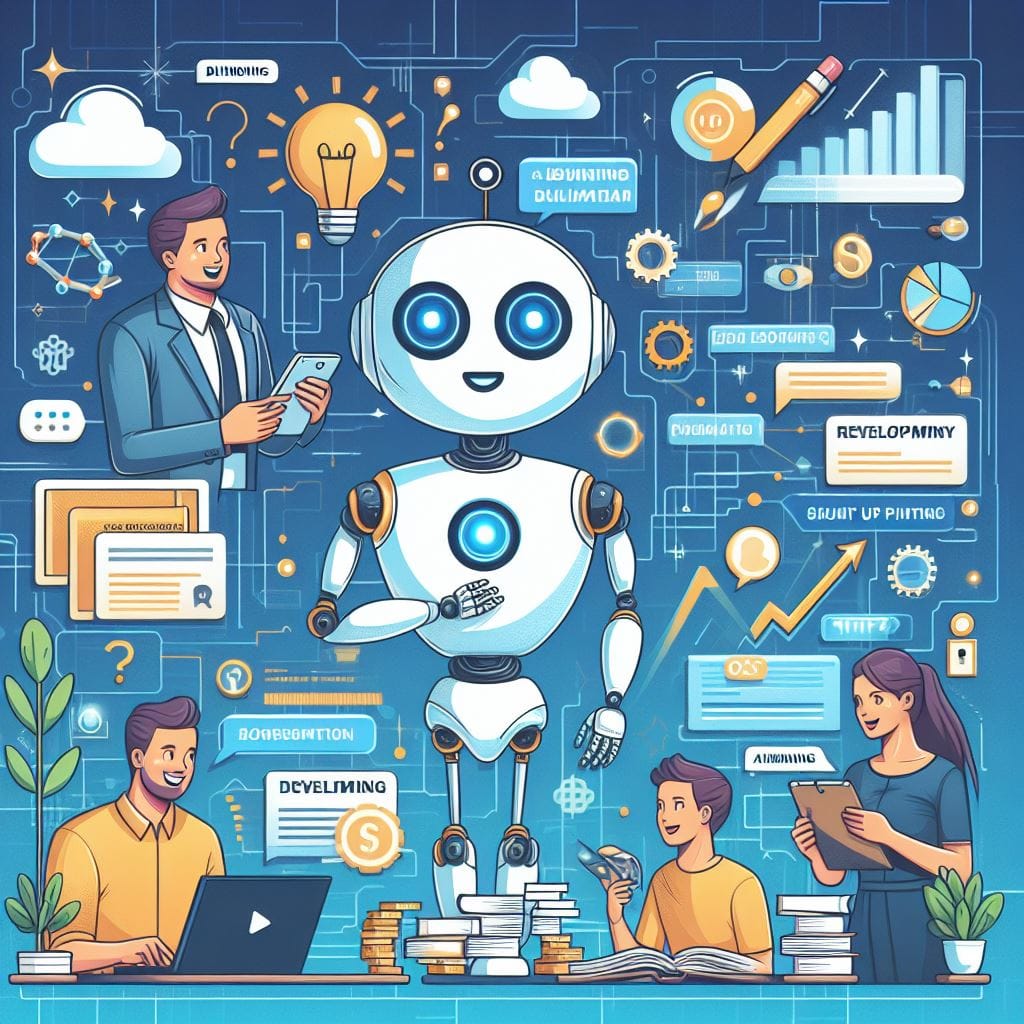Building a Chatbot Development Roadmap: Strategies for Long-Term Success

The world of chatbots is booming. Businesses of all sizes are recognizing the potential of these virtual assistants to streamline interactions, improve customer experiences, and drive sales. But simply building a chatbot isn't enough. To ensure long-term success, you need a well-defined roadmap that guides development, implementation, and ongoing optimization.
Charting Your Course: Key Stages of the Chatbot Development Roadmap
- Define Your Goals & Objectives:
- What problem will your chatbot solve?
- How will it improve customer experience or support your business goals?
- Who is your target audience? Understanding their needs and communication styles is crucial.
- Choose the Right Chatbot Platform:
- Consider factors like scalability, ease of use, and integration capabilities with your existing systems.
- Design the Conversation Flow:
- Map out the user journey within the chatbot.
- What questions will users ask? How will the chatbot guide them towards a resolution?
- Prioritize clear, concise language and a natural conversation flow.
- Develop & Train Your Chatbot:
- Craft engaging content and responses tailored to your target audience.
- Train your chatbot using machine learning techniques to understand user intent and respond accurately.
- Testing & Refinement:
- Rigorously test your chatbot to identify and fix any bugs or shortcomings.
- Gather user feedback during the testing phase to refine the chatbot's performance.
- Launch & Monitor Performance:
- Deploy your chatbot on your chosen platform and integrate it seamlessly with your website or messaging app.
- Continuously monitor chatbot performance using analytics tools to identify areas for improvement.
Strategies for Long-Term Success:
- Focus on User Experience: Prioritize user needs and satisfaction at every stage of development.
- Embrace Continuous Learning: Leverage data analytics to understand user behavior and adapt your chatbot accordingly.
- Integrate with Existing Systems: Ensure seamless integration with your CRM, marketing automation platform, or other relevant tools.
- Stay Informed About AI Advancements: The chatbot landscape is constantly evolving. Keep up with new technologies and trends to future-proof your chatbot.
Beyond the Basics: Advanced Strategies for Chatbot Development
- Personalization: Utilize user data to personalize the chatbot experience, offering targeted recommendations and support.
- Omnichannel Integration: Make your chatbot accessible across different platforms (website, messaging apps) to meet users where they are.
- Voice Assistant Integration: Integrate voice assistants like Google Assistant or Alexa to offer a hands-free user experience.
- Advanced Analytics: Leverage AI and machine learning to gain deeper insights from user behavior data and optimize chatbot performance.
Building a Winning Chatbot Team:
Assemble a team with the right skillset, including:
- Project Managers: To oversee the development process and keep things on track.
- Chatbot Developers: With expertise in building and training AI-powered chatbots.
- Content Writers: To create engaging and informative content for the chatbot.
- User Experience (UX) Designers: To ensure a smooth and intuitive user experience.
Conclusion:
By following a well-defined roadmap, adopting a data-driven approach, and continuously refining your chatbot, you can unlock its full potential and achieve long-term success. Remember, chatbots are not a one-time solution; they require ongoing development and adaptation to thrive in the ever-evolving world of AI-powered customer experiences.
Ready to embark on your chatbot development journey? Contact us today to discuss your goals and explore how we can help you build a successful chatbot that drives results!
